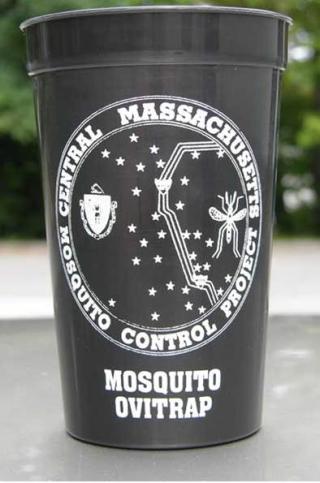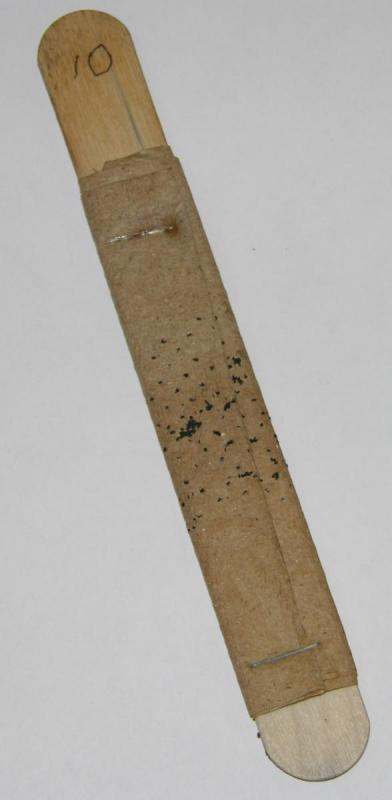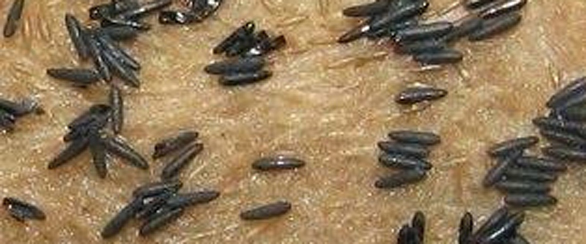Ovicup

Special cups called “ovicups” are placed in areas to collect container species such as Ae. japonicus, Ae. triseriatus, Culex spp. and Ae. albopictus (Asian Tiger Mosquito). The cups have water inside about halfway up, and are lined with seed germination paper (or "ovipaddles" - see description below) to give the female mosquito a substrate to lay her eggs upon. Dark colors are preferred by mosquitoes to oviposit (lay eggs).
These papers are collected by CMMCP staff, and the eggs are counted and then sent into the MDPH lab to be reared and identified to species. If Ae. albopictus is identified, we can deploy additional ovicups and well as BG-Sentinel traps and other devices. ULV spraying may also be considered in the area to reduce the Ae. albopictus population. Presemce of this species may trigger our "invasive species protocols" (currently under revision).
CMMCP deploys these traps in selected areas in our service area to monitor mosquito population and distribution. They are moved if needed to sample in as many locations as possible.
Ovipaddles:
In lieu of seed germination paper which can sometimes be hard to find, ovipaddles can be made using brown paper towels and tongue depressors. Wrap the paper towel around fully, and staple it to the tongue depressor. Be sure to place the ovipaddle in the water with enough room at the top for the mosquito to lay her eggs - they prefer to lay eggs along the water line, and as the water evaporates the ovipaddle will fill with eggs. The black dots on the picture below are eggs from Ae. japonicus mosquitoes.
If stored properly, the ovipaddles can be saved and hatched during the winter months for educational or demonstration purposes.


Closeup of Ae. japonicus eggs from the ovipaddle above.

